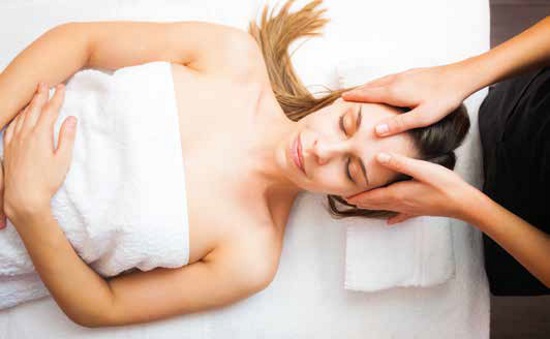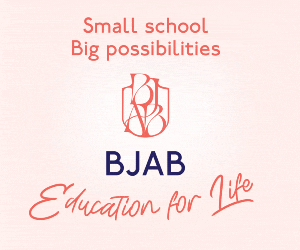Sarbani Sen gives us the lowdown of a range of massage techniques. Once viewed as a luxury in European culture, massage has become increasingly recognized as an alternative to medical treatment. Recent studies even suggest that massage reduces the body’s production of cytokines – proteins that contribute to inflammation – and possibly stimulate mitochondria, the energy-producing units in cells that aid in cell function and repair. Good for us, now we have even more excuses to go and get that one hour of sheer pleasure!
But which massage shall I get? There are myriad of massage techniques, as well as ways to receive it. Well it depends: do you prefer a deep tissue therapeutic massage? Or a lighter relaxing massage? Or perhaps you want to combine different types of pressure, ranging from light to hard, and focus on your problem areas? How much time do you have? Do you need to go back to work afterwards? All this will come into the picture when choosing the right technique – the most important thing is to find a good provider.
So what is a good provider? Someone who will listen to your needs and be able to adjust, who will reach your goals and not his, who will respect you and be humble enough to explain the limits of his technique.
To help you explore new techniques and try something different this autumn, we gathered a list of different schools that are available in Brussels.
Shiatsu Massage (Japanese deep tissue tradition)
Shiatsu is considered a medical treatment in Japan. People have it once every season to clean the appropriate organs at each change of season (in autumn you’ll tend to clean lung/large intestine for example). In Japanese tradition, people go to the therapist in order to stay in good shape, and not the other way around like in Europe, where we go to the doctor when we are sick. In Shiatsu, the massage therapist’s touch will usually be quite deep, because the idea is to detoxicate. But don’t hesitate to request a slightly lighter touch.
The essence of Shiatsu lies in the use of the hands for both diagnosis and treatment. The sensitive and trained fingertips can distinguish differences in temperature and stiffness, both indicators of the condition of the body. The type, degree and duration of pressure are then adjusted to meet the specific needs of each area of the body and each individual. One more good thing is that you may keep your clothes on (no oil involved). You might feel a bit sleepy after a session as detoxication works on our fatigue level, but during the following days you will feel extra energy.
Ayurvedic Massage (Indian ancestral technique)
The use of massage in India goes back to the first Indo-Aryan settlements, or even during the preceding era of the Indus valley culture. Massage was often linked to social, religious or ritual customs and considered to be beneficial to health. The classic Ayurveda texts mention massage in this sense and recommend it as an almost indispensable healing factor. To this day, massage is regularly used in India for general health.
Just like all other Ayurvedic treatment protocols, the primary purpose of Ayurvedic massage is to help break and remove the toxins. According to Ayurvedic philosophy, the toxins (Ama) are leftover putrefied-food that has taken a grease-like form. Ayurvedic massage is best combined with a lifestyle and nutrition organization according to one’s constitution.







